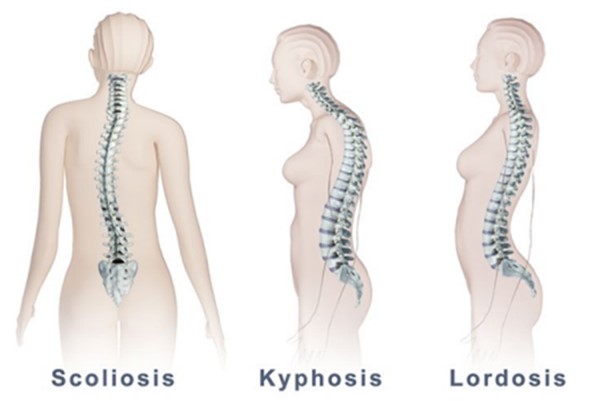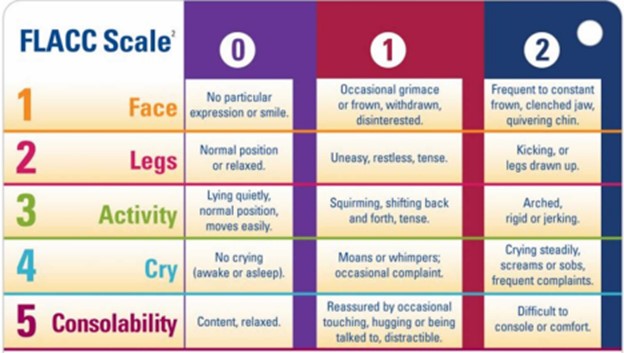Paediatrics Exam
Paediatrics ATI Exam
Total Questions : 42
Showing 10 questions Sign up for moreAn 8-year-old girl is being admitted to the hospital from the emergency department with an injury from falling off her bicycle. What intervention will help her most in her adjustment to the hospital?
Explanation
Hospitalization can be a challenging and unfamiliar experience for children, especially when they are separated from their family and siblings. Providing clear information about visitation policies and explaining the reasons for restrictions can help the child understand and cope better with the situation.
While orienting her parents and explaining hospital schedules can be beneficial, the focus should be on directly addressing the needs and concerns of the child to support her adjustment. Using caring and comforting language is important, but it should be combined with age-appropriate explanations and addressing specific concerns related to the child's situation.
A nurse is assisting with a routine physical examination of an adolescent. The provider observes a lateral curvature of the spine. The nurse should expect the provider to document which of the following disorders?
Explanation
Scoliosis is a condition characterized by an abnormal sideways curvature of the spine, resulting in an S or C shape when viewed from the back. It commonly develops during adolescence and can vary in severity. The lateral curvature of the spine observed during the physical examination is a key sign of scoliosis.
Lordosis refers to an excessive inward curvature of the spine in the lower back, while kyphosis refers to an excessive outward curvature of the spine in the upper back, often referred to as a "hunchback."
Torticollis, on the other hand, is a condition characterized by an abnormal position or tilt of the head due to muscle tightness or weakness.

A newborn was admitted to the hospital with vomiting and dehydration. The newborn's heart rate is 170, respiratory rate is 44, blood p 85/52, and temperature is 99 Degree F (37.2 Degree C). What is the nurse's best response to the parents who ask if the vital signs are normal?
Explanation
While the newborn's heart rate of 170 bpm is elevated, the respiratory rate of 44 breaths/min, blood pressure of 85/52 mmHg, and temperature of 99°F (37.2°C) are within the normal range for a newborn.
It is important for the nurse to explain to the parents that the newborn's heart rate may be elevated due to the vomiting and dehydration and that healthcare providers will monitor the vital signs closely to ensure the newborn's stability.
A nurse is assessing a 6-month-old infant. Which of the following findings should the nurse report to the provider?
Explanation
The inability to raise the head when in a prone position is a finding that the nurse should report to the provider. By 6 months of age, infants should typically be able to raise their head and chest off the surface when placed in a prone position. This is an important milestone in motor development and is known as "head control." The nurse should report this finding to the provider to ensure further assessment and appropriate intervention if necessary.
A nurse is developing a health program for the parents of school-age boys. Which of the following information about pubescent changes should the nurse include in the program?
Explanation
The nurse should include information that growth spurts in height occur toward the end of mid puberty. Gynecomastia is not a common change in boys during puberty, but it might occur in some cases. Changes in the voice and pubic hair growth signal the beginning of puberty. If scrotal changes have not occurred by the age of 14 years, puberty might be considered delayed.
A nurse is preparing to administer the first measles, mumps, and rubella (MMR) immunization to 15-month-old toddler. Which of the following findings is a contraindication for this immunization?
Explanation
Children with congenital immunodeficiencies have compromised immune systems and may not be able to mount an adequate immune response to the vaccine. Administering live vaccines, such as MMR, to these children can potentially cause severe complications.
A nurse is providing anticipatory guidance about child development to the parents of a preschooler. Which of the following developmental tasks should the nurse include as being expected of a preschooler?
Explanation
Preschoolers, typically between the ages of 3 and 5 years, engage in imaginative and pretend play. They often create scenarios, role-play, and use their imagination to create fictional situations and characters. This type of play is important for their cognitive, social, and emotional development.
Building a section of cards and controlling impulsive feelings are not specific developmental tasks typically associated with preschoolers. While building with blocks or other construction toys can enhance fine motor skills and problem-solving abilities, building a section of cards is not a common developmental milestone. Controlling impulsive feelings is an ongoing process that develops over time and requires guidance and support from parents and caregivers, but it is not solely expected of preschoolers.
A nurse is planning care for a 2-month-old infant following a surgical procedure. Which of the following pain rating scales should the nurse plan to use to determine the infant's level of pain?
Explanation
The appropriate pain rating scale to use for a 2-month-old infant is the FLACC (Face, Legs, Activity, Cry, Consolability) scale. The FLACC scale is commonly used for infants and young children who are unable to self-report their pain. It assesses facial expression, leg movement, activity level, cry, and ability to be consoled. Each category is scored on a scale of 0 to 2, and the total score provides an indication of the infant's pain level.
The PANAD scale and OUCHER scale are more commonly used for older children, while the FACE scale is specific to assessing pain in individuals with cognitive impairments.

A nurse is providing care to a child who has an allergy to eggs. The nurse should question the prescription for which of the following immunizations?
Explanation
The influenza LAV is typically produced using egg-based methods, which may pose a risk for individuals with an allergy to eggs. Although the risk of a severe allergic reaction to the influenza vaccine is low, it is recommended to avoid the influenza LAV in individuals with a known severe allergy to eggs. Inactivated poliovirus (PV), Haemophilus influenza type b (Hib), and Hepatitis (Hepi) vaccines do not contain egg proteins and can generally be safely administered to individuals with an egg allergy.
A nurse is caring for a 6-month-old infant. Which of the following findings should indicate to the nurse that the client is experiencing pain following a procedure?
Explanation
Crying is a common behavioral response to pain in infants, and it serves as an important indicator of discomfort. Infants may cry more intensely, have a high-pitched cry, or exhibit inconsolable crying when they are in pain. It is important for the nurse to assess the infant's pain level and provide appropriate interventions to alleviate the discomfort.
You just viewed 10 questions out of the 42 questions on the Paediatrics ATI Exam Exam. Subscribe to our Premium Package to obtain access on all the questions and have unlimited access on all Exams. Subscribe Now



